Angola travel tips
Angola travel tips: Southwest African nation with diverse landscapes, rich cultural heritage, and economic reliance on oil production and agriculture.
Provinces 🌎
Angola travel tips. Here is a list of all the provinces of the Angola.
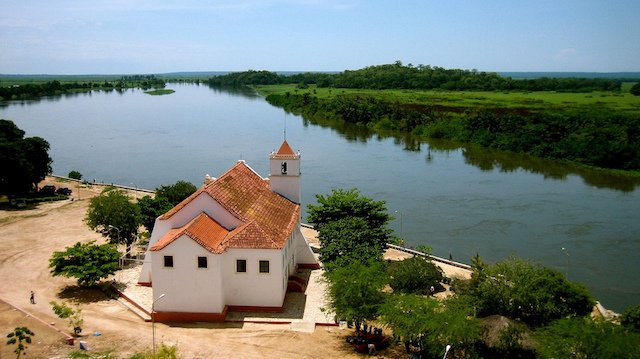
Bengo

Benguela
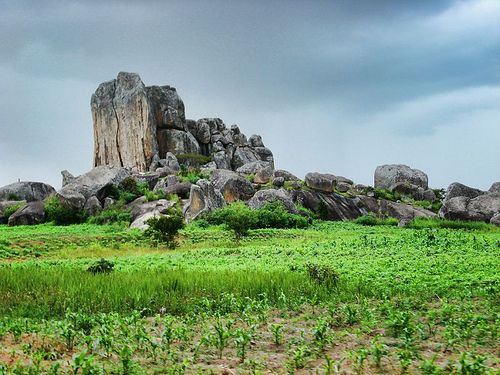
Bié

Cabinda
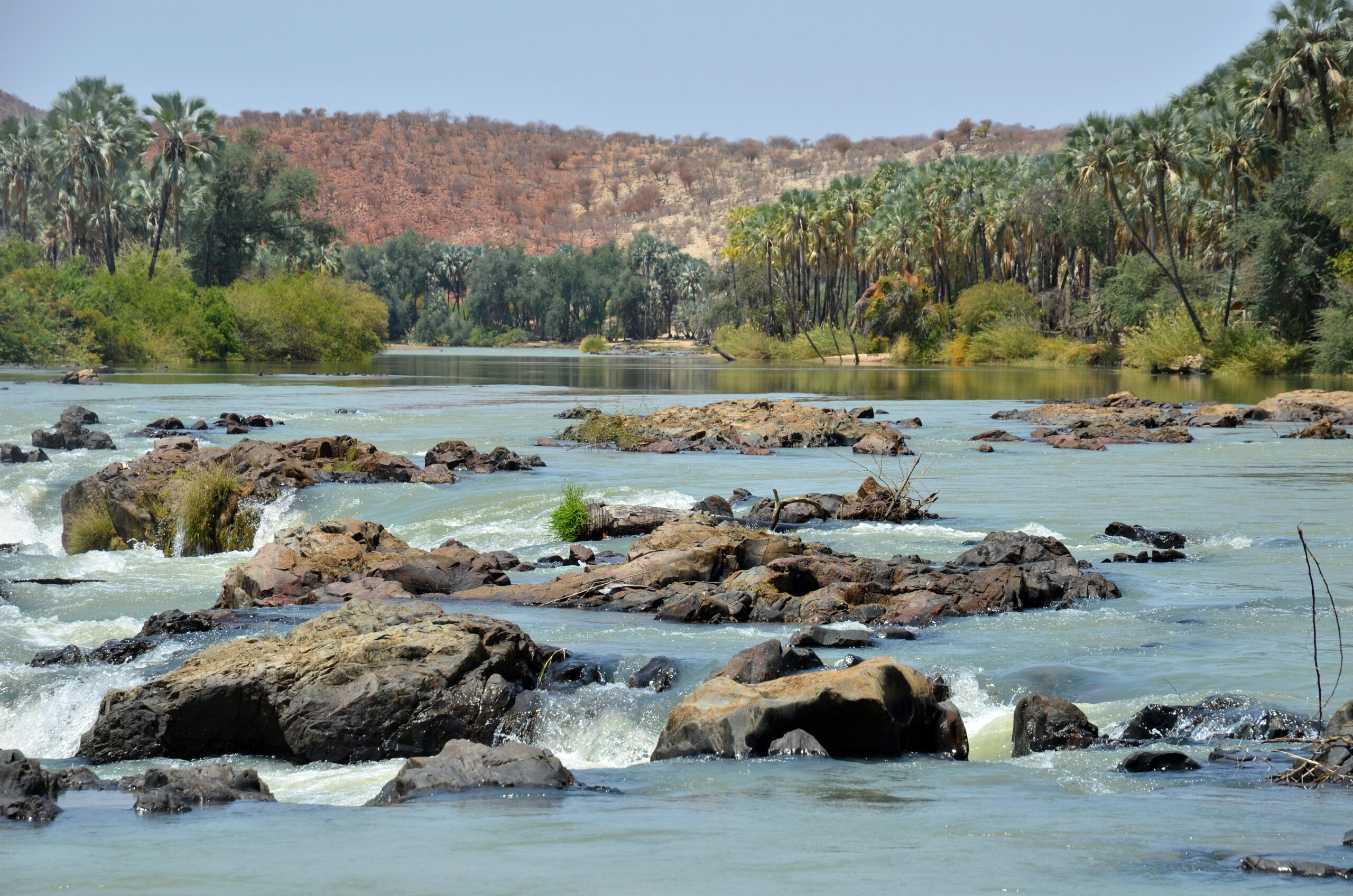
Cunene
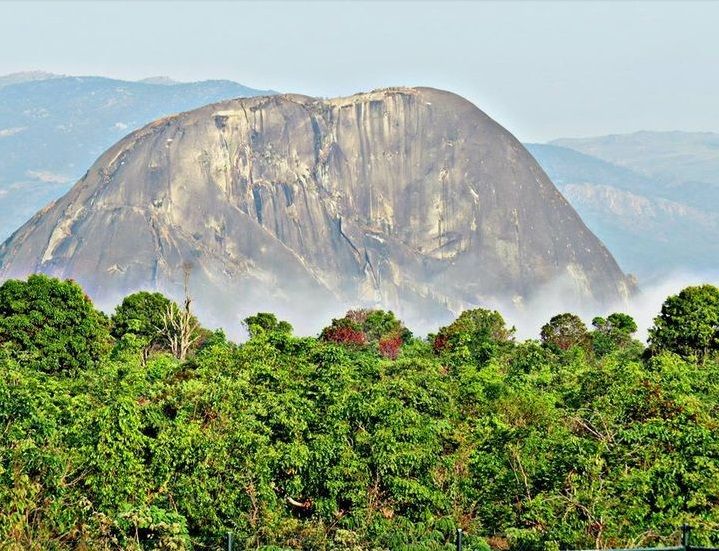
Huambo
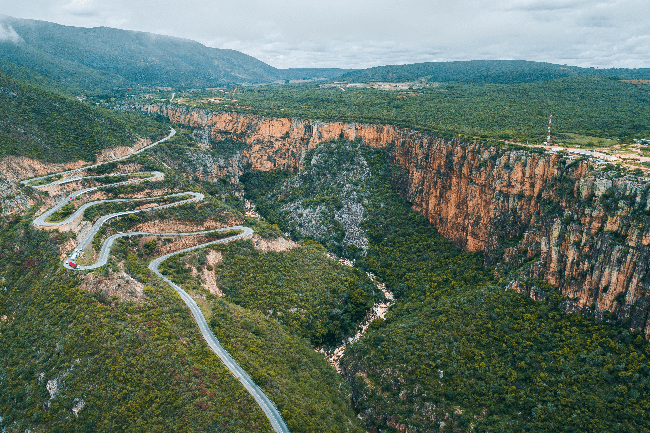
Huíla
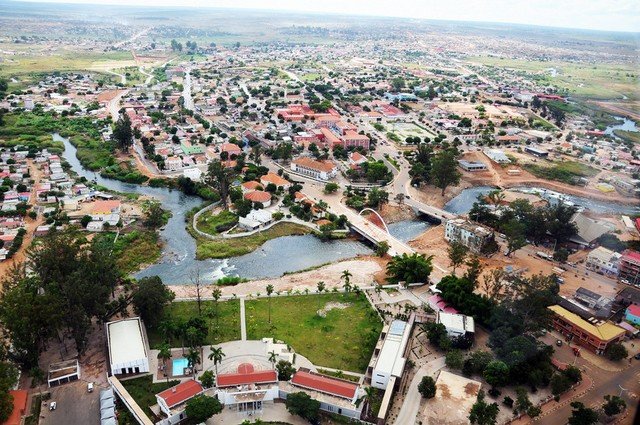
Kuando Kubango
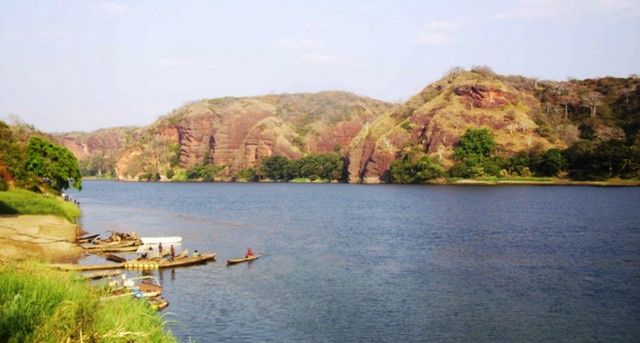
Kwanza Norte
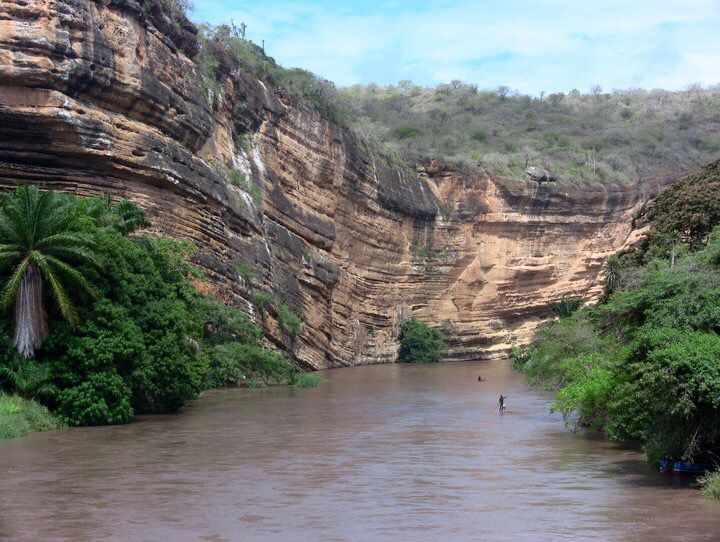
Kwanza Sul
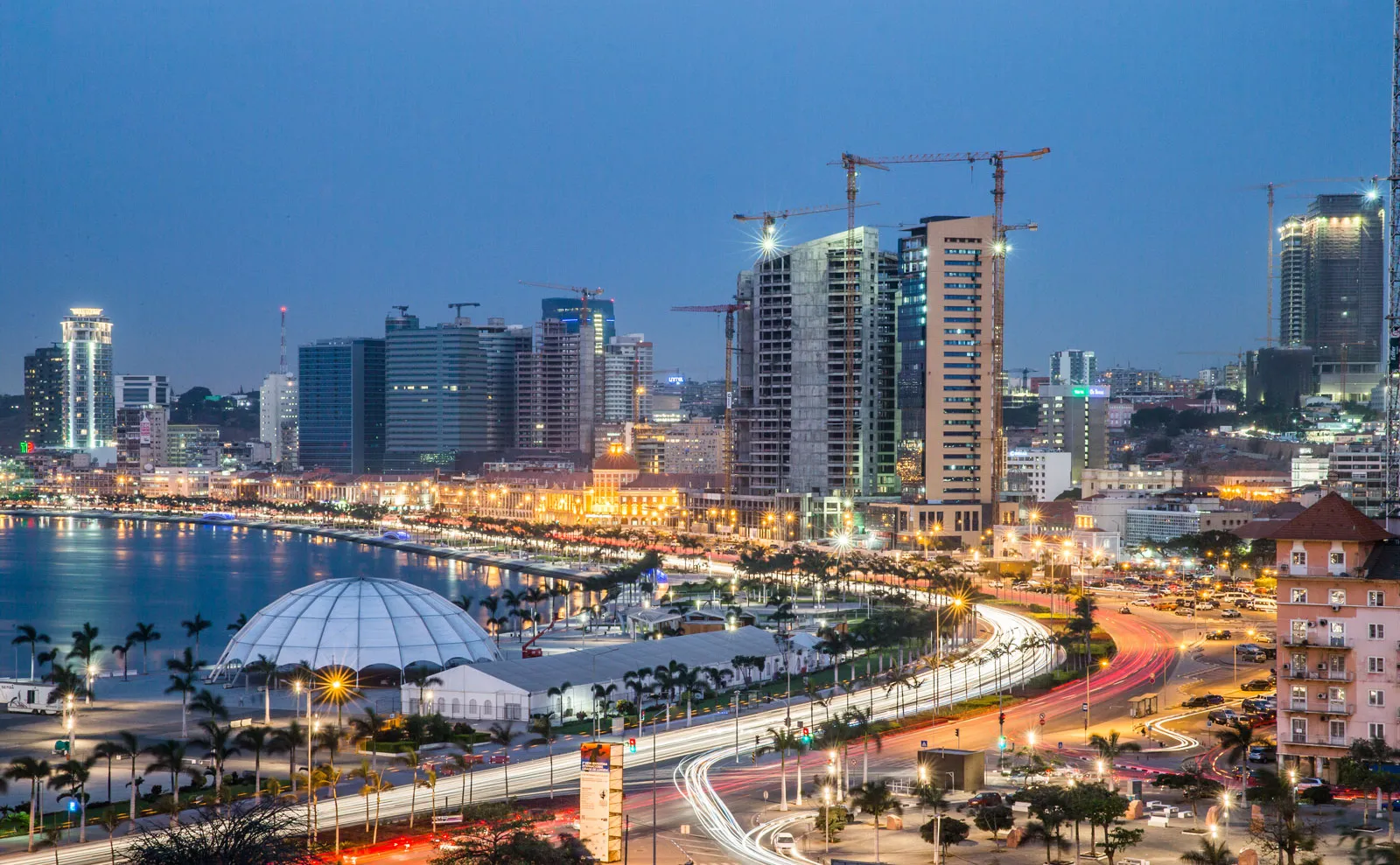
Luanda
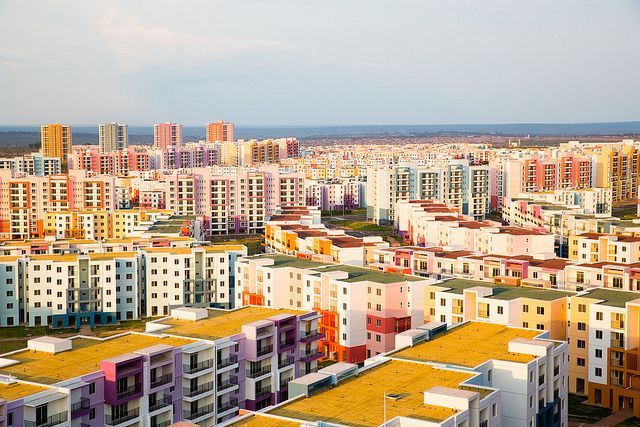
Lunda Norte
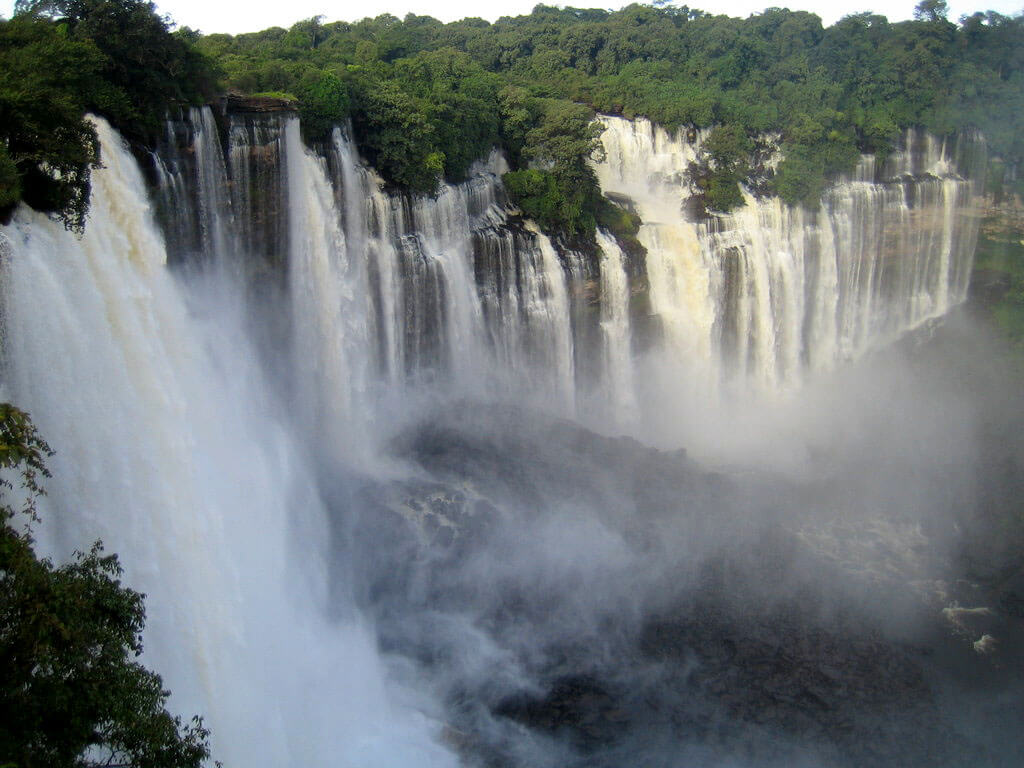
Malanje
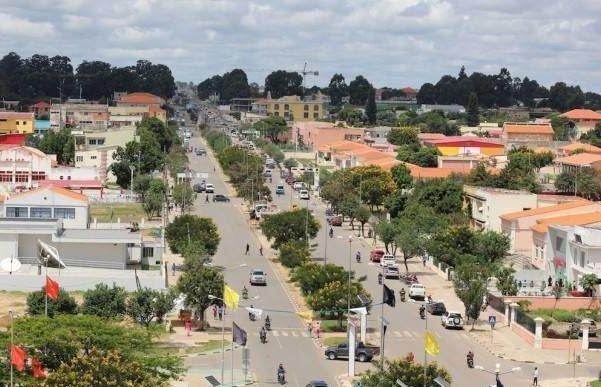
Lunda Sul
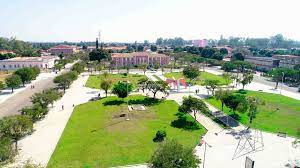
Moxico
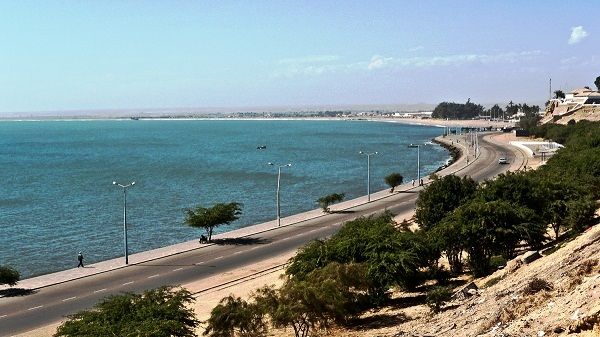
Namibe

Uíge

Zaire
Before you go 🛩
Important information you should know before your trip
Info
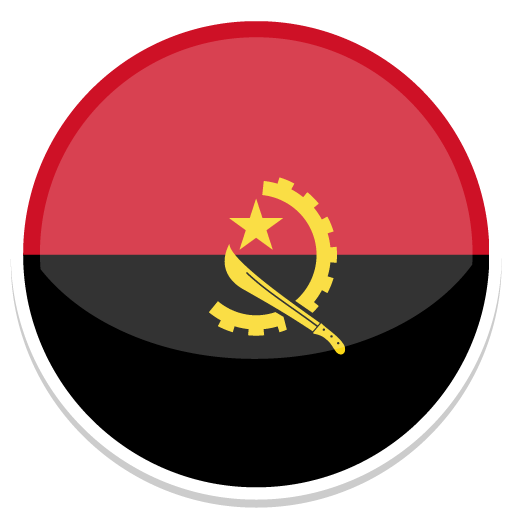
Capital | Luanda
Flag Codes:
ISO alpha-2 AO,
ISO alpha-3 AGO
Currency
Badge | Angolan Kwanza
CODE | AOA
NUMBER | 973
SYMBOL | Kz
FRACTION | penny
Mobile Coverage
Dialing Code | +244
SIM Card
Coverage | 3G / 4G / 5G |
Mobile Networks | Africell Mobile | Movicel Mobile | Unitel Mobile |
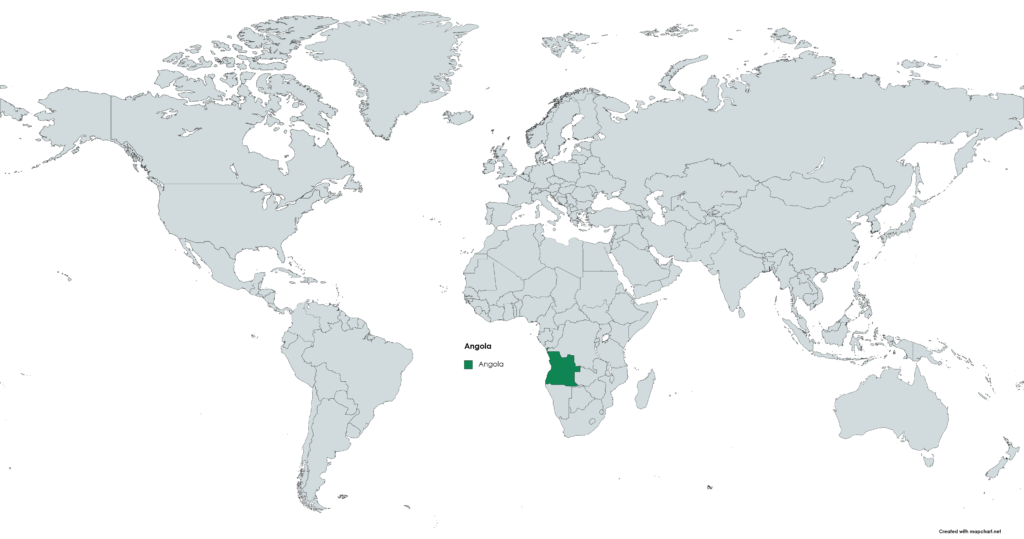
Location
Angola is a country located in the southwestern part of the African continent. It is situated on the west coast of southern Africa and has a long coastline along the Atlantic Ocean. Here are some geographical details about the location of Angola: Latitude: Angola is located in the southern hemisphere, with its northernmost point at approximately 4 degrees latitude South and its southernmost point at around 18 degrees latitude South. Longitude: The country spans a wide range of longitudes, with its westernmost point at about 12 degrees longitude West and its easternmost point at roughly 24 degrees longitude East.
Geographical Features: Angola’s geography is characterized by a diverse landscape, including a long coastline, plateaus, mountains, and rivers. The country is known for its vast interior plateau, the Angola Plateau, which covers much of its territory.
Climate: Angola’s climate varies from tropical in the northern regions to arid and semi-arid in the southern and southwestern areas. The coastal regions experience a maritime climate influenced by the Atlantic Ocean.
Angola’s geographical location and diverse landscapes make it a country with unique ecological and environmental features. Its extensive coastline along the Atlantic Ocean has contributed to its historical significance as a trading and shipping hub.
Currency
The currency of Angola is the Angolan Kwanza, abbreviated as AOA. The symbol for the Angolan Kwanza is “Kz.”
The Kwanza is the official currency used in Angola for daily transactions, trade, and financial activities.
Angola’s currency has undergone various changes and denominations over the years.
It is managed and issued by the Banco Nacional de Angola (National Bank of Angola), which is the country’s central bank.
Languages
The official language of Angola is Portuguese. Portuguese is the primary language used in government, education, media, and business in Angola. It is also the language of instruction in schools and is used for official documents and communication.
However, Angola is a linguistically diverse country with a rich variety of indigenous languages spoken by different ethnic groups. Some of the major indigenous languages in Angola include:
Kimbundu: Kimbundu is one of the most widely spoken Bantu languages in Angola. It is primarily used by the Mbundu ethnic group in the central and western regions of the country.
Kikongo: Kikongo is spoken by the Bakongo people in the northern provinces of Angola. It is also spoken in neighboring countries such as the Democratic Republic of the Congo and the Republic of the Congo.
Chokwe: Chokwe is spoken by the Chokwe ethnic group in the eastern part of Angola, as well as in parts of Zambia and the Democratic Republic of the Congo.
Umbundu: Umbundu is another prominent Bantu language spoken in central and southern Angola, primarily by the Ovimbundu people.
Ovambo (Kwanyama and Ndonga): These languages are spoken by the Ovambo people in the southern part of Angola, as well as in Namibia.
Herero: Herero is spoken by the Herero people in the southern region of Angola.
Khoisan Languages: In the southernmost regions of Angola, some communities speak Khoisan languages, known for their unique click sounds.
Climate 🌡
Angola’s climate varies across the country due to its size and diverse geography. The country experiences a range of climate zones, from tropical in the north to arid and semi-arid in the south. Here are the main climate zones in Angola:
Tropical Rainforest (North):
The northern part of Angola, including the provinces of Cabinda and Zaire, experiences a tropical rainforest climate. This region receives abundant rainfall throughout the year, with a distinct wet season and a shorter dry season. Average temperatures are relatively high, with high humidity levels.
Tropical Savanna (Central):
The central part of Angola, including provinces like Uíge, Malanje, and Cuanza Norte, has a tropical savanna climate. This region also experiences a wet season and a dry season. Rainfall is less abundant than in the rainforest zone to the north, and temperatures are generally warm to hot.
Semi-Arid (South and Southwest):
The southern and southwestern regions of Angola, including the provinces of Huambo, Bie, and Namibe, have a semi-arid climate. These areas receive less rainfall compared to the north, and the dry season can be quite lengthy. Temperatures in the semi-arid regions can vary, with hot summers and cooler winters.
Desert (Extreme South):
The far southern region of Angola, bordering Namibia, has desert conditions, particularly in the province of Cunene. This area is part of the Namib Desert and experiences arid to desert conditions with extremely low rainfall.
Coastal (West):
Along the western coastline of Angola, the climate is influenced by the Atlantic Ocean. Coastal areas, including Luanda (the capital), have a maritime climate characterized by mild temperatures and relatively low rainfall. Fog is common along the coast, especially during the cooler months.
Highlands (Interior):
The interior highlands of Angola, including the Angola Plateau, have a climate that is generally cooler than the coastal and lowland areas. Temperatures can be more moderate, especially at higher elevations, and rainfall tends to be more evenly distributed throughout the year.
Angola travel tips
If you’re planning a trip to Angola, here are some travel tips to enhance your experience:
Visa Requirements:
Check visa requirements before traveling to Angola. Obtain necessary documents for a smooth entry.
Health Precautions:
Consult a healthcare professional for required vaccinations. Carry essential medications and health insurance for emergencies.
Cultural Sensitivity:
Respect local customs and traditions. Dress modestly, especially in rural areas. Seek permission before taking photos.
Weather Considerations:
Angola has varied climates. Pack accordingly for coastal areas, highlands, and the desert in the south.
Transportation:
Utilize reliable transportation options. Domestic flights, buses, and taxis are common. Plan for longer travel times due to infrastructure conditions. View Guide.
Local Etiquette:
Greet people with respect. Handshakes are common. Learn about local customs to navigate social situations gracefully.
Wildlife and Nature:
Discover Angola’s biodiversity in national parks. Follow guidelines to preserve the environment and wildlife.
Enjoy your time in Angola!

The best of the best
Angolan cuisine is diverse and reflects the country’s cultural heritage and geographical regions. The cuisine incorporates a variety of ingredients, including tropical fruits, vegetables, grains, and meats.

Funge
Funge is a staple food in Angola, made from cassava or cornflour.

Pirão
Pirão is similar to funge but is made from the broth of a stew. It is thicker and has a consistency similar to porridge.

Moamba de Galinha
Moamba de galinha is a popular chicken stew made with palm oil, okra, and spices.
Here are some typical foods and dishes you might find in Angola:
Calulu: Calulu is a traditional Angolan dish made with dried fish, vegetables (such as okra, eggplant, and spinach), and palm oil. It is often seasoned with chili peppers for added spice.
Mufete: Mufete is a seafood dish, typically prepared with fresh fish, shrimp, or lobster. The seafood is grilled or cooked and served with a spicy sauce.
Muamba de Ginguba: Muamba de ginguba is a peanut stew made with chicken or beef, vegetables, and ground peanuts. It is a rich and flavorful dish.
Caril de Peixe: Caril de peixe is a fish curry that features coconut milk, chili peppers, and aromatic spices. It is often served with rice.
Feijão Tropeiro: Feijão tropeiro is a traditional dish made with beans, sausage, bacon, and collard greens. It is often served with rice.
Frango Grelhado: Grilled chicken is a popular street food in Angola, often seasoned with spices and served with various sauces.
Batata Doce: Sweet potatoes are a common side dish in Angola and are often roasted, boiled, or fried.
Fruits: Angola’s tropical climate allows for the cultivation of a wide variety of fruits, including mangoes, papayas, pineapples, and guavas, which are commonly enjoyed as snacks or desserts.
Dadinhos de Tapioca: These are tapioca-based snacks, similar to Brazilian “coxinha,” and are often served as appetizers or street food.
Angolan cuisine combines traditional African ingredients with Portuguese and Brazilian influences, resulting in a flavorful and diverse array of dishes. The use of palm oil, groundnuts (peanuts), and spices adds richness to many Angolan dishes, making the cuisine unique and enjoyable.
Transportation 🚥
More information about this country
Choose your destination 📍🗺
Useful Links ✅



